PHP will start a new session if a browser is closed and reopened.
The old session file is still kept in the session save directory, but a new session is started.
What does php look for in the browser to know that it must start a new session?
I guess what i am really asking is, what exactly does session_start() do under the hood
